Discover Ontario’s untamed wilderness and vibrant cities through thoughtfully curated, eco-conscious travel experiences. From the thundering Niagara Falls to the serene shores of Georgian Bay, Canada’s most diverse province offers adventures that transform ordinary vacations into extraordinary journeys. Whether you’re planning a weekend escape to explore Toronto’s multicultural neighborhoods or dreaming of a week-long expedition through Algonquin Park’s pristine backcountry, our comprehensive guide embraces sustainable tourism while showcasing Ontario’s natural wonders and cultural treasures.
Navigate four distinct seasons of possibilities: paddle crystalline lakes in summer, witness the explosive colors of autumn, glide through snow-covered trails in winter, or spot returning wildlife during spring migration. Each adventure is carefully detailed with local insights, seasonal recommendations, and practical tips for minimizing your environmental footprint while maximizing authentic experiences.
Let this guide be your companion in crafting meaningful connections with Ontario’s landscapes and communities, whether you’re seeking urban excitement, wilderness solitude, or the perfect balance between both. We’ve gathered essential information about transportation, accommodation, and activities that support local economies while preserving the natural beauty that makes Ontario an unforgettable destination.
Planning Your Green Ontario Adventure
Best Times for Eco-Conscious Travel
Planning your Ontario adventure during off-peak seasons not only helps reduce tourist congestion but also minimizes environmental impact. Fall (September to November) offers spectacular foliage viewing with fewer crowds, making it perfect for hiking and wildlife watching. The crisp weather and stunning colors create ideal conditions for photography and outdoor exploration.
Spring (April to May) brings awakening forests and migrating birds, though you’ll want to avoid the mud season in early spring. This period is excellent for birdwatching and witnessing Ontario’s natural rebirth while keeping your carbon footprint low.
Winter (December to February) might seem challenging, but it’s actually an eco-conscious traveler’s dream. Many lodges and facilities operate at reduced capacity, using less energy, and activities like cross-country skiing and snowshoeing have minimal environmental impact. Plus, you’ll find better deals on accommodations.
Summer remains popular, but consider visiting during shoulder months (early June or late August) to avoid peak tourist traffic. For day trips, plan your visits during mid-week rather than weekends to reduce congestion and support local communities during their quieter periods.
Remember to book accommodations that practice sustainable tourism and choose destinations accessible by public transportation when possible.
Sustainable Transportation Options
Ontario’s extensive public transportation network makes eco-friendly travel a breeze. The GO Transit system connects major cities and attractions throughout the Golden Horseshoe, while the TTC offers comprehensive coverage across Toronto. For intercity travel, VIA Rail provides a scenic and sustainable way to explore the province’s diverse regions.
Many Ontario cities have embraced bike-sharing programs, making it easy to explore urban areas on two wheels. Toronto Bike Share and similar systems in Ottawa and Hamilton offer convenient pickup and drop-off points near major attractions. Several provincial parks also provide bike rentals, perfect for exploring trails and nature paths.
For a truly low-impact adventure, consider kayak and canoe rentals in cottage country, or join walking tours in urban centers. Electric vehicle charging stations are becoming increasingly common across Ontario, particularly along major highways and at popular tourist destinations. In winter, snowshoeing and cross-country skiing offer environmentally friendly ways to experience Ontario’s snowy landscapes.
Pro tip: Many hotels now offer free transit passes or bike rentals to guests who skip parking services – just ask at check-in!
Must-Visit Green Destinations
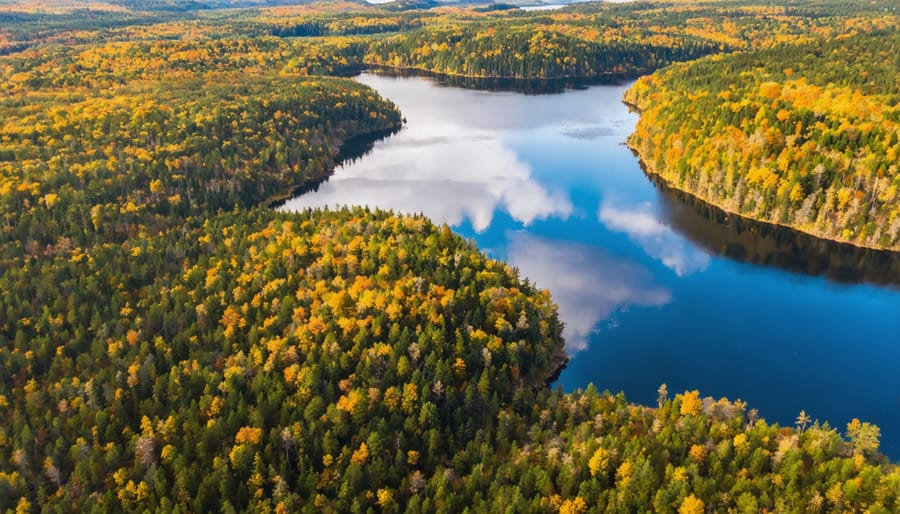
Provincial Parks and Conservation Areas
Ontario’s natural wonders shine brightest in Ontario’s provincial parks and conservation areas, where pristine wilderness meets accessible adventure. From the rugged shores of Lake Superior Provincial Park to the ancient rock formations of Killarney, these protected spaces offer visitors a chance to connect with nature while preserving it for future generations.
Algonquin Park, the crown jewel of Ontario’s park system, welcomes nature enthusiasts year-round with its extensive network of hiking trails, canoe routes, and wildlife viewing opportunities. Pro tip: visit during mid-September to witness the spectacular fall colors painting the maple forests in brilliant reds and oranges.
Conservation areas like the Bruce Peninsula and the Niagara Escarpment provide excellent day-trip options for families and casual hikers. These spaces often feature well-maintained trails, interpretive centers, and educational programs that help visitors understand local ecosystems.
For the eco-conscious traveler, many parks now offer sustainable camping options, including walk-in sites and roofed accommodations. Remember to book well in advance, especially for popular parks during peak season (June-September). Pack out what you pack in, stick to marked trails, and consider visiting lesser-known parks to reduce environmental impact on heavily trafficked areas.
Most parks offer affordable day passes or seasonal permits, making them accessible to various budgets. Consider purchasing an annual pass if you plan to explore multiple locations throughout the year.
Indigenous Tourism Experiences
Discovering Ontario through Indigenous tourism experiences offers a profound way to connect with the land’s original stewards while learning about sustainable practices that have preserved these territories for thousands of years. Many Indigenous communities across Ontario welcome visitors to participate in authentic cultural activities, from traditional medicine walks to guided canoe trips led by Indigenous knowledge keepers.
In Manitoulin Island, join storytelling circles and learn about the sacred connection between nature and First Nations traditions. At Crawford Lake near Milton, explore a reconstructed 15th-century Iroquoian village while discovering how Indigenous peoples historically lived in harmony with the environment. The Great Spirit Circle Trail offers eco-conscious travelers opportunities to learn about medicinal plants, traditional craft-making, and sustainable hunting practices.
Remember to approach these experiences with respect and an open mind. Many Indigenous guides share not just activities but also their worldview about environmental stewardship and the importance of protecting our natural resources for future generations. Book through Indigenous-owned operators to ensure your tourism dollars directly benefit these communities.
Before visiting, learn about local protocols and customs. Some experiences, like smudging ceremonies or sacred site visits, may have specific guidelines. These meaningful encounters often leave visitors with a deeper appreciation for traditional ecological knowledge and sustainable living practices that remain relevant today.

Sustainable Urban Attractions
Ontario’s cities are leading the way in sustainable urban attractions, offering visitors eco-friendly ways to explore and connect with nature without leaving city limits. Toronto’s High Park spans 400 acres of green space, featuring natural trails, gardens, and a hands-on nature center where visitors can learn about local ecosystems and conservation efforts.
The Evergreen Brick Works in Toronto’s Don Valley stands as a shining example of urban renewal, transforming an industrial site into a thriving community hub. Here, you can explore the weekend farmers’ market, join guided nature walks, or participate in environmental workshops. Don’t miss the scenic hiking trails that connect to the Don Valley trail system.
Ottawa impresses with its extensive network of urban cycling paths and the Rideau Canal, which doubles as the world’s largest skating rink in winter. The capital’s urban gardens and green roofs showcase innovative approaches to city sustainability, while the Fletcher Wildlife Garden demonstrates native plant landscaping.
In Hamilton, the Royal Botanical Gardens combines conservation, education, and recreation across 2,700 acres of nature sanctuaries, gardens, and trails. Meanwhile, London’s Westminster Ponds ESA offers five interconnected kettle ponds and walking trails, providing a peaceful urban wilderness experience.
Insider tip: Many of these attractions offer guided tours led by local naturalists – book in advance during peak season for the best experience. Most locations are accessible by public transit, and many provide bike parking facilities.
Responsible Outdoor Activities
Leave-No-Trace Camping
When camping in Ontario, it’s crucial to preserve our beautiful wilderness for future generations. The “Leave No Trace” principle is more than just picking up after yourself – it’s about becoming a steward of our natural spaces.
Start by planning your campsite carefully. Set up at least 200 feet from lakes and streams to protect water sources. Use existing campsites and trails whenever possible instead of creating new ones. When pitching your tent, look for durable surfaces like packed dirt or pine needles rather than delicate vegetation.
Pack it in, pack it out! Bring reusable containers and minimize packaging before your trip. Store food properly in sealed containers or bear-proof storage to avoid attracting wildlife. Remember, even biodegradable items like apple cores and orange peels can take months to decompose and aren’t natural to the ecosystem.
For washing dishes or yourself, use biodegradable soap and scatter grey water widely, at least 200 feet from water sources. When nature calls, dig a cathole 6-8 inches deep and 200 feet from water, or use designated facilities when available.
Before leaving, sweep your site for micro-trash like twist ties or forgotten tent stakes. The ultimate test? Your campsite should look so natural that the next visitors won’t know you were there. Remember, every small action counts toward preserving Ontario’s wilderness for everyone to enjoy.
Wildlife Viewing Ethics
When observing Ontario’s magnificent wildlife, remember that we’re guests in their home. Always maintain a safe distance of at least 100 meters from large animals like moose and bears, and 30 meters from smaller creatures. Use binoculars or a camera with a zoom lens instead of getting closer – you’ll get better views while keeping both you and the animals safe!
Never feed wild animals, as this can make them dependent on human food and alter their natural behaviors. Keep your food sealed and stored properly, especially when camping or hiking. If you spot animals while driving, pull over safely and turn off your engine to observe them quietly.
Dawn and dusk are prime viewing times when many animals are most active. Stay quiet and still, wear earth-toned clothing, and move slowly to avoid startling wildlife. Consider joining a guided tour with experienced naturalists who can help you spot animals while teaching you about their behaviors and habitats.
Remember to pack out what you pack in, and never leave behind food scraps or garbage that might attract animals to human areas. If you’re photographing wildlife, avoid using flash photography and never pursue animals that are trying to move away. By following these guidelines, you’ll help preserve Ontario’s wildlife while creating memorable encounters that respect nature’s boundaries.
Supporting Local Green Initiatives
Eco-Certified Accommodations
Ontario offers a growing selection of eco-certified accommodations that combine comfort with environmental responsibility. The Killarney Mountain Lodge stands out with its zero-waste initiatives and locally-sourced dining program, while the Algonquin Eco-Lodge operates entirely off-grid using micro-hydro power. In the Bruce Peninsula, the Cape Croker Park Cottages showcase Indigenous-operated sustainable tourism with solar-powered amenities and cultural programs.
For a luxurious yet green getaway, consider the Oakwood Resort in Grand Bend, which has earned Green Key certification for its comprehensive recycling programs and energy-efficient operations. Nature lovers will appreciate the Eco Lodge at Long Point, featuring bird-friendly design and native plant gardens.
Looking for something unique? Try the sustainable treehouses at Treetop Haven near Thunder Bay, where rainwater harvesting and composting toilets minimize environmental impact. Many of these properties also participate in local conservation efforts and offer guests opportunities to learn about Ontario’s ecosystems through guided programs and educational materials.
Pro tip: Book during shoulder season (spring or fall) to reduce your impact during peak tourism months while enjoying better rates and more intimate experiences.
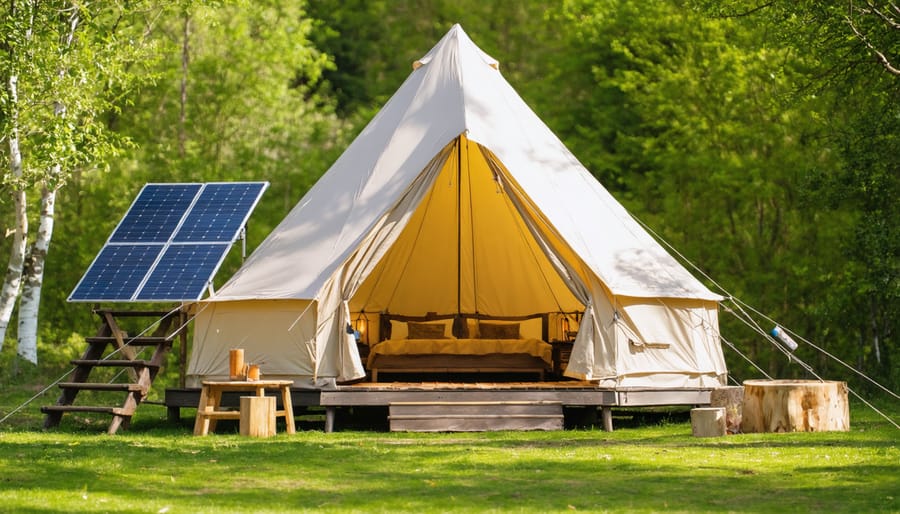
Local Sustainable Dining
Ontario’s culinary scene has embraced the farm-to-table movement wholeheartedly, offering visitors an array of sustainable dining options that showcase the province’s agricultural bounty. From the bustling markets of Toronto to the quaint rural eateries of Prince Edward County, local chefs are partnering with nearby farms to create memorable meals that tell the story of Ontario’s landscape.
Look for restaurants displaying the “Feast ON” certification, which guarantees at least 25% of ingredients are sourced within the province. Notable spots include the Stratford Farmers’ Market, where you can chat directly with producers, and the St. Lawrence Market in Toronto, a food lover’s paradise featuring local delicacies.
For a truly immersive experience, consider visiting one of Ontario’s many agritourism destinations, where you can pick your own produce and enjoy it in farm-fresh meals. The Niagara region’s wineries often pair local wines with seasonal ingredients, while Norfolk County’s lavender farms offer unique culinary experiences with locally-grown herbs and flowers.
Remember to make reservations in advance, as many farm-to-table restaurants have limited seating and change their menus frequently based on seasonal availability.
Ontario’s natural wonders, vibrant cities, and rich cultural heritage await your discovery. From the thundering majesty of Niagara Falls to the serene wilderness of Algonquin Park, our province offers countless opportunities for unforgettable adventures. As you plan your Ontario journey, remember that responsible tourism plays a crucial role in preserving these treasures for future generations.
By choosing eco-friendly accommodations, supporting local businesses, and following Leave No Trace principles, you’re contributing to the sustainability of our beloved destinations. Consider traveling during shoulder seasons to reduce overcrowding at popular spots, and always respect wildlife by maintaining safe distances and never feeding them.
Make the most of your Ontario experience by immersing yourself in local communities, trying regional cuisines, and participating in seasonal festivals. Whether you’re paddling through pristine lakes, hiking ancient forests, or exploring urban landscapes, each adventure adds to our province’s story – and yours.
As you prepare for your journey, remember that the best trips often combine careful planning with spontaneous discoveries. Pack your sense of adventure, bring your camera, and most importantly, carry with you a commitment to responsible travel. Ontario’s diverse landscapes and warm hospitality are ready to welcome you – all while ensuring these precious resources remain pristine for generations to come.
Start planning your sustainable Ontario adventure today. The memories you create here will last a lifetime, and your conscious choices will help protect our natural heritage for tomorrow’s explorers.

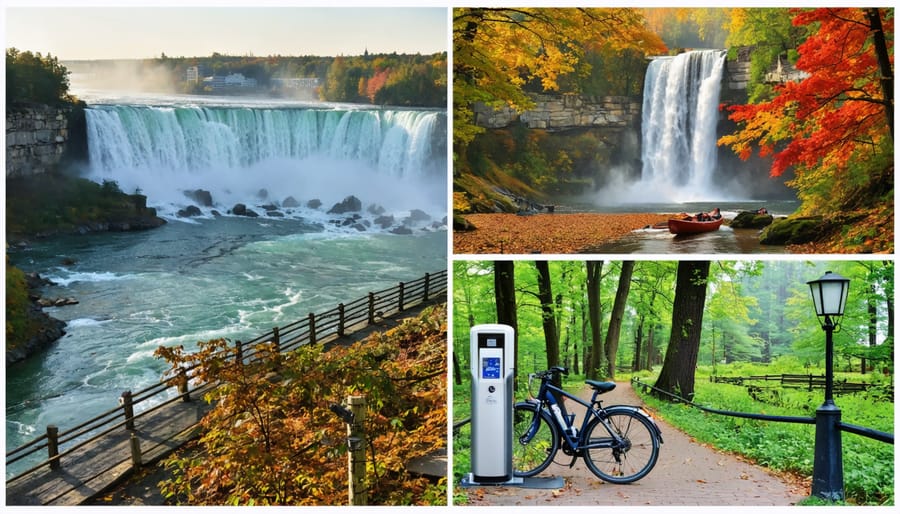

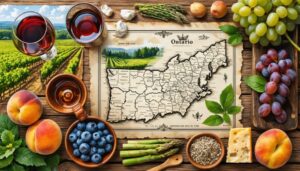





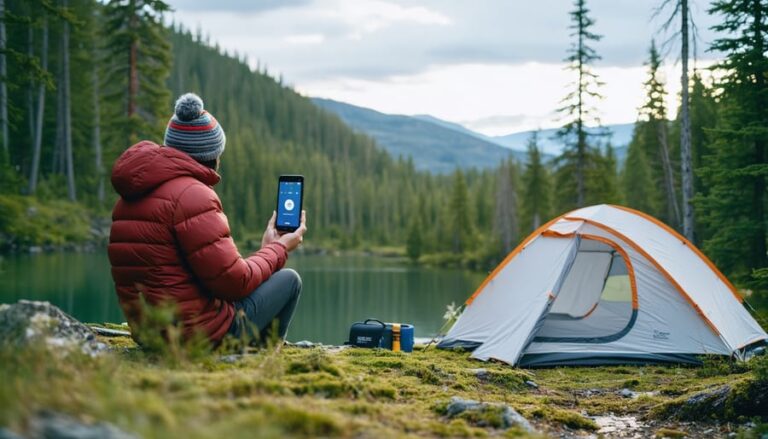




+ There are no comments
Add yours